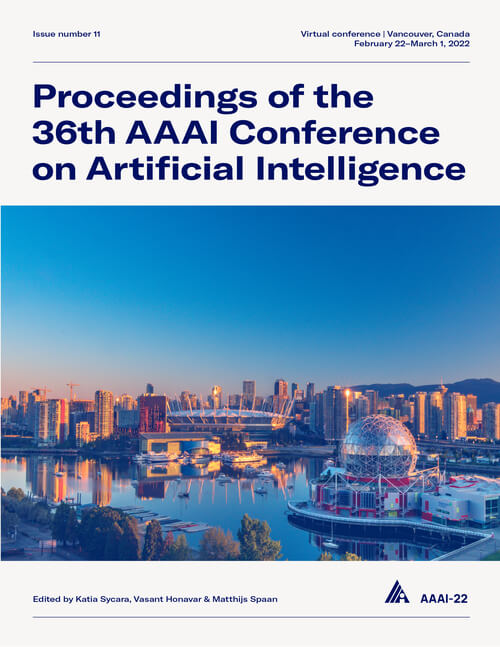FisheyeHDK: Hyperbolic Deformable Kernel Learning for Ultra-Wide Field-of-View Image Recognition
DOI:
https://doi.org/10.1609/aaai.v36i6.20542Keywords:
Machine Learning (ML), Computer Vision (CV)Abstract
Conventional convolution neural networks (CNNs) trained on narrow Field-of-View (FoV) images are the state-of-the art approaches for object recognition tasks. Some methods proposed the adaptation of CNNs to ultra-wide FoV images by learning deformable kernels. However, they are limited by the Euclidean geometry and their accuracy degrades under strong distortions caused by fisheye projections. In this work, we demonstrate that learning the shape of convolution kernels in non-Euclidean spaces is better than existing deformable kernel methods. In particular, we propose a new approach that learns deformable kernel parameters (positions) in hyperbolic space. FisheyeHDK is a hybrid CNN architecture combining hyperbolic and Euclidean convolution layers for positions and features learning. First, we provide intuition of hyperbolic space for wide FoV images. Using synthetic distortion profiles, we demonstrate the effectiveness of our approach. We select two datasets - Cityscapes and BDD100K 2020 - of perspective images which we transform to fisheye equivalents at different scaling factors (analogue to focal lengths). Finally, we provide an experiment on data collected by a real fisheye camera. Validations and experiments show that our approach improves existing deformable kernel methods for CNN adaptation on fisheye images.Downloads
Published
2022-06-28
How to Cite
Ahmad, O., & Lecue, F. (2022). FisheyeHDK: Hyperbolic Deformable Kernel Learning for Ultra-Wide Field-of-View Image Recognition. Proceedings of the AAAI Conference on Artificial Intelligence, 36(6), 5968-5975. https://doi.org/10.1609/aaai.v36i6.20542
Issue
Section
AAAI Technical Track on Machine Learning I

